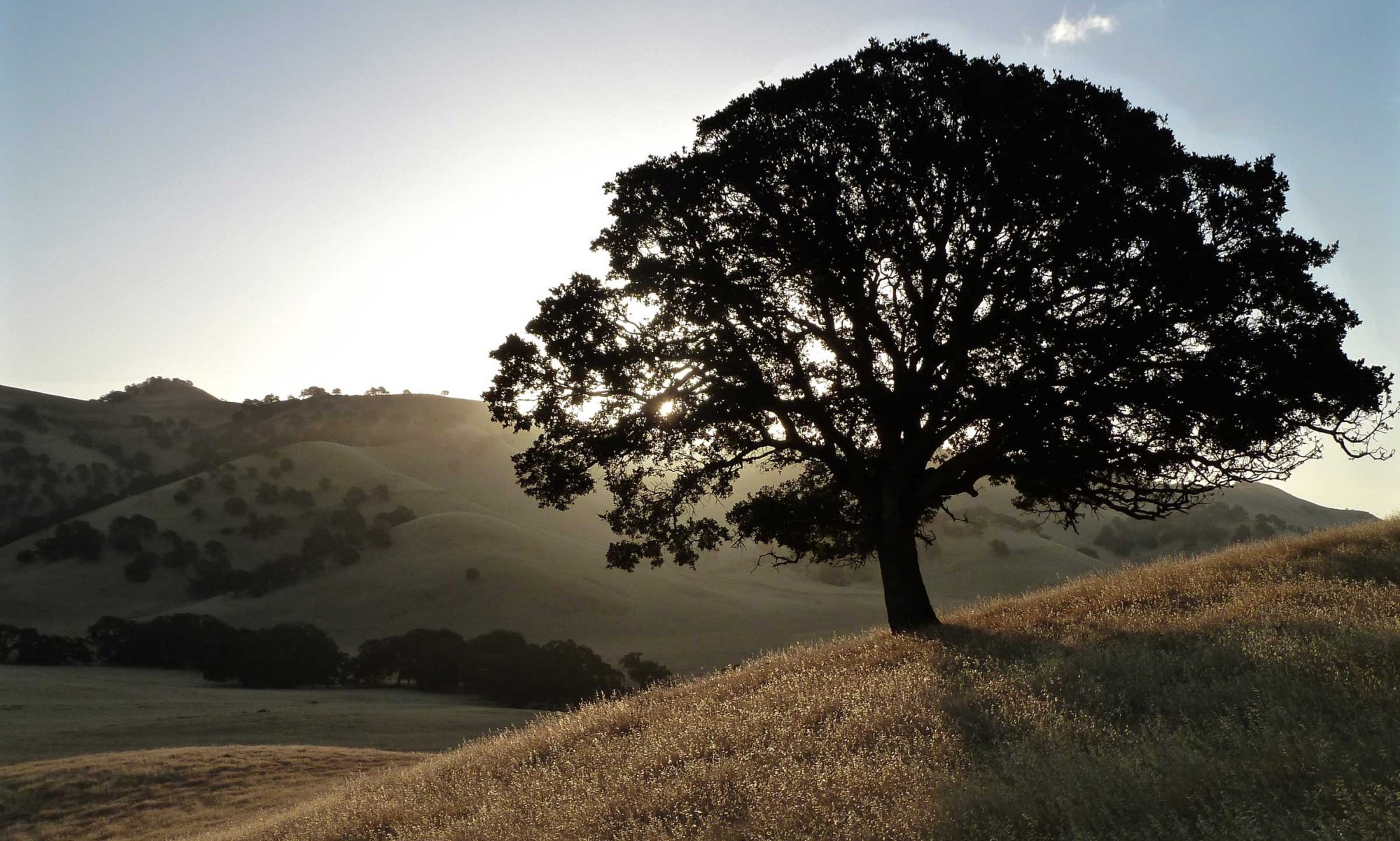Review
There’s a certain simplicity in any art that it takes a master to achieve. Whether it’s the quick study in a notebook that a Picasso or Matisse can use to convey motion, mood and sentiment, or the way an actor can almost imperceptibly move their face to convey a deep undercurrent of emotion, it’s a skill that is highly underrated.
Winter Into Spring is the third George Winston album released, his second on Windham Hill, and the 19th Windham Hill album. Winston’s “Autumn” had given Will Ackerman a new level of financial freedom to fuel his artistic vision.
From the time “Winter Into Spring” first dropped onto the turntables of George Winston fans everywhere, there was a sense that some portions of the songs “were so simple a child could play them.” The magic is that they were so simple that no child actually would play them. And those few bars that were so noticeable in their simplicity and purity soon gave way to Winston’s lushly chromatic songs. Truly, it takes a mature artist to be able to strip down a song, and still have a complex and lingering effect. Songs that drew from classical and jazz traditions, but mainly the beautiful and deceptively simple traditions of folk music. Comparing the two albums is necessary, as so many millions of copies of Autumn have been sold, but it’s also problematic, in that Autumn has a different emotional appeal, much as the seasons themselves draw on different aspects of the listener’s experience. Where “Autumn” is all amber hues and slowly changing colors, “Winter Into Spring” is crisp footsteps in the snow, cold moonlit nights, and then finally the burst of weak radiance of a Spring sun and wild mustard flowers. As always, Winston finds inspiration not just in the seasons, but as the seasons exist in the plains states – Montana in particular.
To this reviewer, “Winter Into Spring” is now my go-to Winston album, if only because I’ve heard “Autumn” so many times that it’s hard to have any perspective on it any more. But the other factor is that as I’ve matured, I’ve also appreciated the development of maturing artists more. “Winter Into Spring” reminds us all of the universal edict that it takes the longest to get to the simplest solutions. Winston’s playing on later albums will simplify even more – but for me “Winter Into Spring” is the right place for my ear and mind right now.
Harn Soper, who recorded “Autumn,” tells me that Winston would press down on the sustain pedal near the beginning of a song, and just keep his foot down, with the slow decay of the notes blending into the next key. This is what gives Winston’s composition a richness that was missing from so many solo pianists, and helped him define the genre of “new age” solo piano. There is plenty of that subtle density of sound here still.
Track Listing
Side One (21:51)
January Stars (6:38)
February Sea (5:13)
Ocean Waves (O Mar) (7:15)*
Reflection (2:45)
Side Two: (22:19)
Rain/Dance (10:10)
Blossom/Meadow (4:04)
The Venice Dreamer (8:05)
– Part One: Introduction
– Part Two
Samples
January Stars
Rain/Dance
Blossom/Meadow
The Venice Dreamer – Part Two
Credits
Executive Producer: William Ackerman
Produced by George Winston and William Ackerman
Recorded March 1982 Different Fur Recording, San Francisco, CA
Engineered by Howard Johnston
Assistant Engineer: Karen Kirsch
Half-speed mastering by Stan Ricker, Mobile Fidelity Sound Labs
Matrix and pressins by Record Technology Inc., Camarillo, CA
Vinyl Compound: Quiex Premium by Vitec
Cover Photography by Ron May
Design by Anne Ackerman
All compositions by George Winston except where noted*
All selections Windham Hill Music (BMI) except where noted*
*Composed by Dorival Caymmi, 1939
*Published by Mangione (Brazil)
*Arranged by Bola Sete
Manufactured by Windham Hill Records, Division of Windham Hill Productions, Inc.
PO Box 9388, Stanford, CA 94305
©(p) Windham Hill Records 1982
This recording was made direct to two track using a Studer A 80 VU MKIII half-inch recorder at 30 inches per second through a Harrison board. The Yamaha C-70 piano was miked with a matched pair of Neumann U-67 microphones, a pair of Neumann KM 84 microphones and an AKG 451 EB was used as an ambient microphone. No noise reduction or reverberation was employed.
Thanks to Megan Gorwin, Scott Cossu, Alex de Grassi, Cathy Econom, Silvan Grey, Daniel Hecht, Michael Hedges, Paul Horn, Jerrel Kimmel, Steve Reich, L Subramaniam, and thanks to Bola Sete for his inspiration and specifically for his arrangement of Ocean Waves from his guitar LP “Ocean” Lost Lake Arts 82.
Other LP’s by George Winston
Autumn, Windham Hill Records C-1012
Ballads and Blues, Lost Lake Arts 84
In Memory of David Fleck
QUIEX VINYL
This is the first reference I have ever seen to Quiex Vinyl – a virgin vinyl compound with superior sound qualities. The Classic Records re-issue label uses the current formulation of Quiex extensively. I have several Blue Note and Led Zeppelin pressings using Quiex SVP from Classic that all sound great. Unfortunately, I’ve been unable to locate the manufacturer – if you know, let me know so that I can properly credit them.


A nice album to listen to on a clear night staring out into the cosmos! All kinds of images form in the mind. At the end of the last track you are reminded that you are still tethered to terra firma. Life is still good though. Get someone to listen to it with you next time and afterwords you’ll have lots to talk about. Hey, did you see that shooting star?